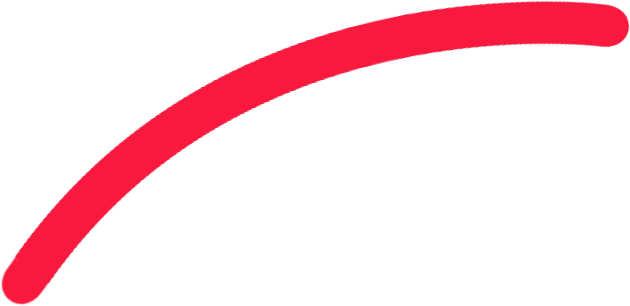Netflix-like learning program for teenage learners to help them recover from nicotine addiction
About The Client
The client is a non-profit organization that operates drug and alcohol residential treatment centers across the east coast in the United States. With 60 years in the field of behavioural health and addiction treatment, they’ve helped over a hundred thousand patients and their families develop the tools they need to lead fulfilling lives. By providing accessible care; delivering evidence-based treatment; and emphasizing ongoing support, they consistently achieve positive, measurable results.
Business Requirement
The business need was to create a unique and engaging learning program for ‘nicotine-addicted’ teenagers. These kids came from various social-economic backgrounds, rural, semi-rural, and urban. They had access to technology like mobile devices, computers, and internet. The learning experience needed them to go through a 5-stage recovery program.
While designing this learning program there were few key challenges that were to be addressed.
- It was imperative to ensure that the learning program doesn’t scare the learners away, rather motivates and encourages them to complete the entire program and achieve the objective of calling it quits on nicotine.
- The duration of the entire learning program was close to 4 hours. To ensure learner engagement, it was necessary to design the program in a way that suited teenage learner preferences.
- Considering the sensitivity of the topic, it was necessary to give learners a mechanism through which they could evaluate their own performance. It was also important to give them an opportunity to know how they were doing compared to their peers or friends.
Harbinger’s Solution
Considering the specific needs of the target audience, sensitivity around the subject area, and the learning objectives of the proposed program, the most important part was to get the design right. And once the design was conceptualized, it was important to use the right technology levers to execute it well. In the below points, we shall talk about how Harbinger designed and implemented a solution to meet the desired objectives.
- It was decided to give the teenage learners a Netflix-like user experience. We chunked the content in smaller modules and presented them as series and episodes. For a 5-week recovery program, there were 5 series created and each series had smaller modules as episodes. The entire learning program was designed as a responsive website. For every series, a teaser video was made available on the landing page which allowed the leaners to get a sneak peek of the content.
- To minimize dropouts and ensure a higher level of engagement for learners, the episodes were treated with different type of instructional and visual design methodologies, some episodes were made available as comic strips, some were made available as scenarios where scenarios like performing under social/peer pressure and under stress, were thrown to challenge learners. Some episodes had an inter-conversational interface while some had gamification components. All of this kept the thrill alive, since learners were always encountering something different and unique when they moved onto a new episode.
- To give performance-insights to learners, a feature called ’My Success Plan’ was created. This was a printable and viewable document which was made available to learners to view populated data based on their performance and learning experiences, within each episode. This document gave them a real-time view of how they were progressing towards their goal of ‘calling it quits’.





